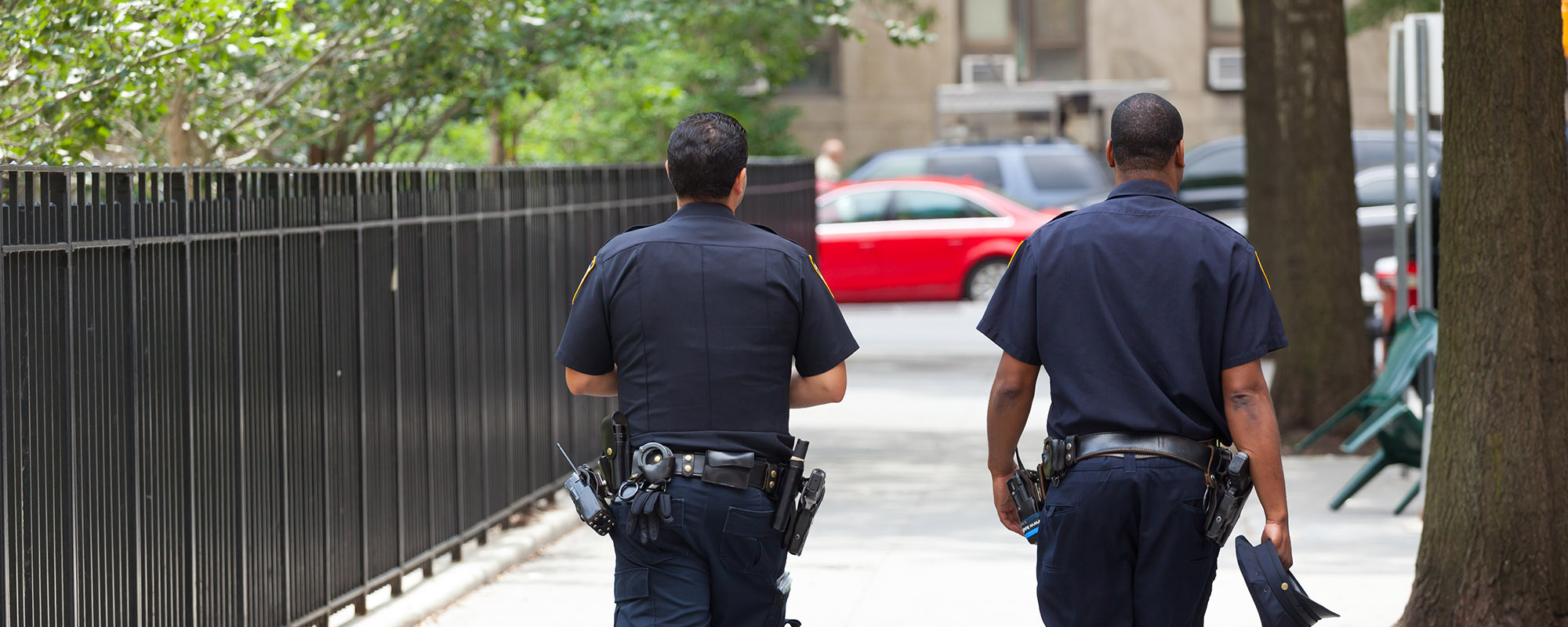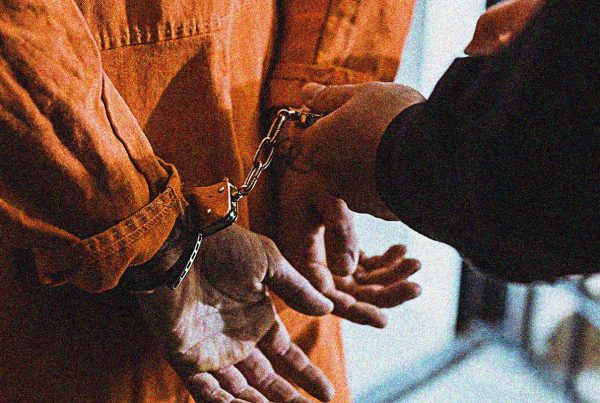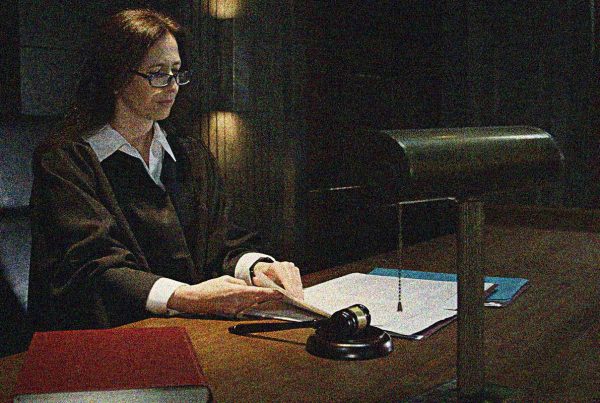May 8, 2019
Now what? It’s darkest before the dawn, to be sure, but what does Winnipeg or Portage la Prairie or Selkirk look like once the dust settles after another reported homicide? Some politicians’ words to date have been restrained, reasonable and grief-stricken; some not. Yet the decisions that politicians usually make in these circumstances are fearful — as in full of fear. The public outcry in Manitoba these days about crime is untethered from reality and torqued by fear, from which bad decisions get made.
I was the Attorney General of Ontario and a Toronto provincial MP during the 2005 Summer of the Gun — the highest spike ever of gun homicides in Canada. Our response was to crack down with police and prosecutions like never before. I still don’t know whether it did more harm than good. Today, I work for the other side: defending civil liberties. I can’t undo the past but I can pass along lessons learned.
Meanwhile, amid the palpable public anguish, Winnipeg remains a safe city, particularly compared to the rest of the world, even the rest of the continent. Nights like that of the Winnipeg double homicide or the recent Selkirk knifing occur every night in Rio or Johannesburg. Unless you’ve lived in South Africa, Jamaica, or Central America, you’re like me: no idea what it’s like to live in a place with a high firearm death rate. We have no idea in Canada; even those living in the north end of Winnipeg.
Within Canada, homicides are simply not a leading cause of death — about 25th on a Stats Canada list headed by cancer. Gun homicides are nowhere near as prevalent as suicides or accidents, let alone the so-called natural causes of death, from cancer or heart disease. Every year in Canada there are around 12,000 accidental deaths, 4,000 suicides, and 400 homicides.
If you know someone involved in a plane crash, you’ll be suddenly afraid of flying. But the statistical likelihood of a plane crash is exponentially lower than a motor vehicle accident. So it is with gun violence in Manitoba today.
Now, please do not misunderstand me: guns are deadly. No doubt about it. But they’re at their deadliest in the hands of someone with suicidal ideation. Remember, among all Canadian gun deaths, about 80% are suicides. If we have a gun fatality issue in Canada, it’s far more about suicides, than homicides, as tough as that may be to accept this month.
So please, yes, take away the guns used in suicides and homicides, and lives will be saved. The only way to do that is to reduce the supply of guns overall in Canada, but that’s impossible now because there is no way to track firearms in Canada since the Harper Government scrapped the gun registry and destroyed all the data, and then Justin Trudeau maligned the registry and promised it would never return, under his leadership. Nevertheless, there is technology and capacity to track both firearms and ammunition. Back when Canada used to do the former, gun deaths declined significantly.
The truth is that we do not know exactly why gun homicides fluctuate over time. I’ve heard no comprehensive or convincing explanation as to exactly why it dropped by so much and then went back up to 2005 levels in Toronto after that fateful year of 50+ gun homicides. Demographics doesn’t explain it, since we grow year over year but gun crime goes up and down. We just don’t know.
So it’s unnecessary to ruin a city by putting video and audio technology all over the place, so that we’re constantly under police surveillance, contrary to our constitutional rights to privacy and liberty. And it is wrong to make neighbourhoods feel under siege by disproportionate police presence and surveillance installations, simply because they’re populated by ethnic minorities. Note that I said “feel,” because no matter how you spin it, dumping a truckload of police and squad cars in a multi-racial neighbourhood betrays our country’s aspirations, unless you’re doing the exact same thing to South Tuxedo or Heubach Park or the like. The better view is to put sunset clauses on these massive changes, because we know that decisions made today may look unnecessary once the panic dies down.
When this too has passed, what will your city look like and feel like? Will we regret installing technology onto streets that will not be easily removed? The answer depends on how elected leaders make decisions. If the decision-making is uninformed and fearful, then we will all be the worse for wear.
Michael Bryant
Executive Director and General Counsel
mbryant@ccla.org
About the Canadian Civil Liberties Association
The CCLA is an independent, non-profit organization with supporters from across the country. Founded in 1964, the CCLA is a national human rights organization committed to defending the rights, dignity, safety, and freedoms of all people in Canada.
For the Media
For further comments, please contact us at media@ccla.org.





